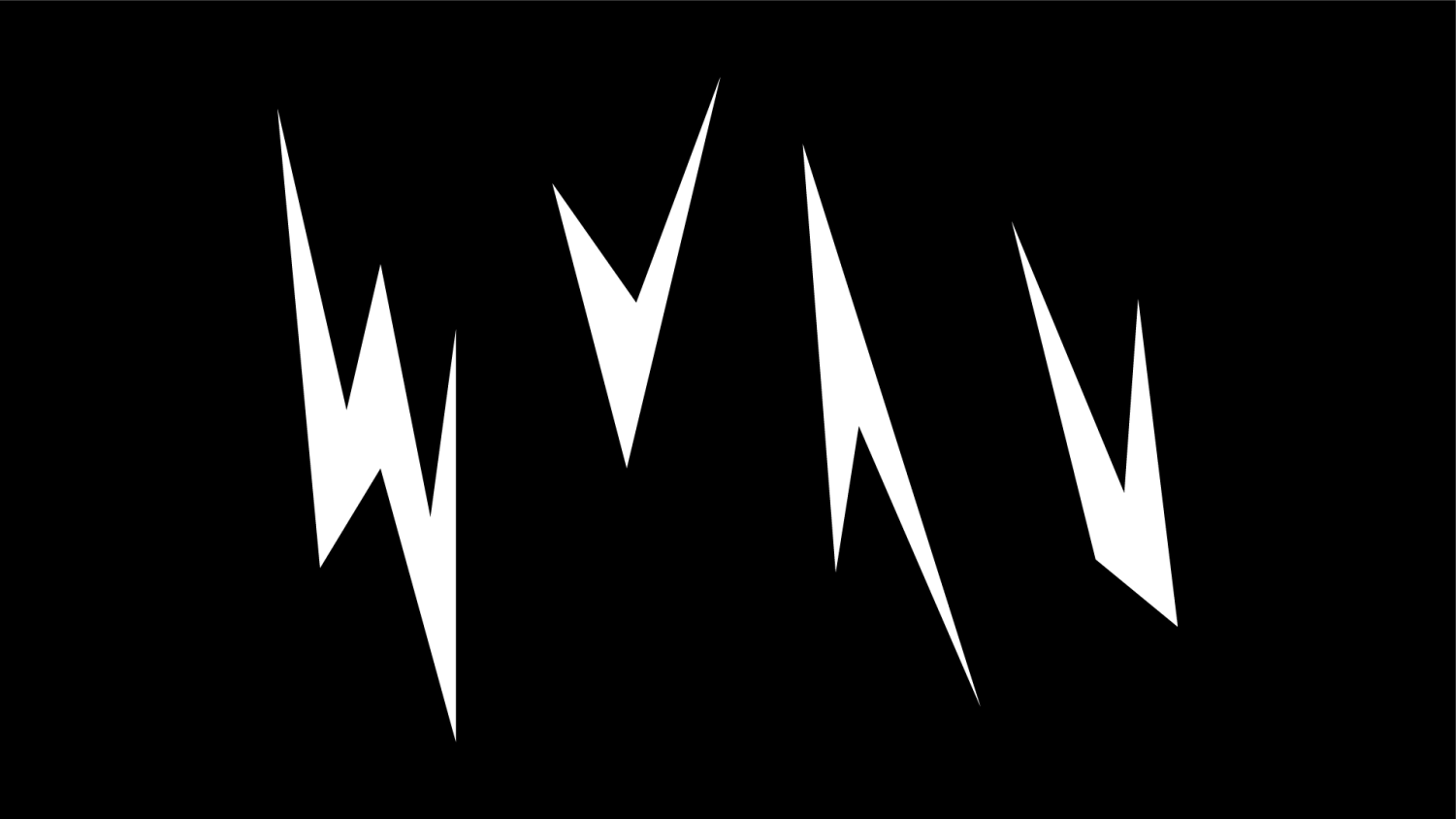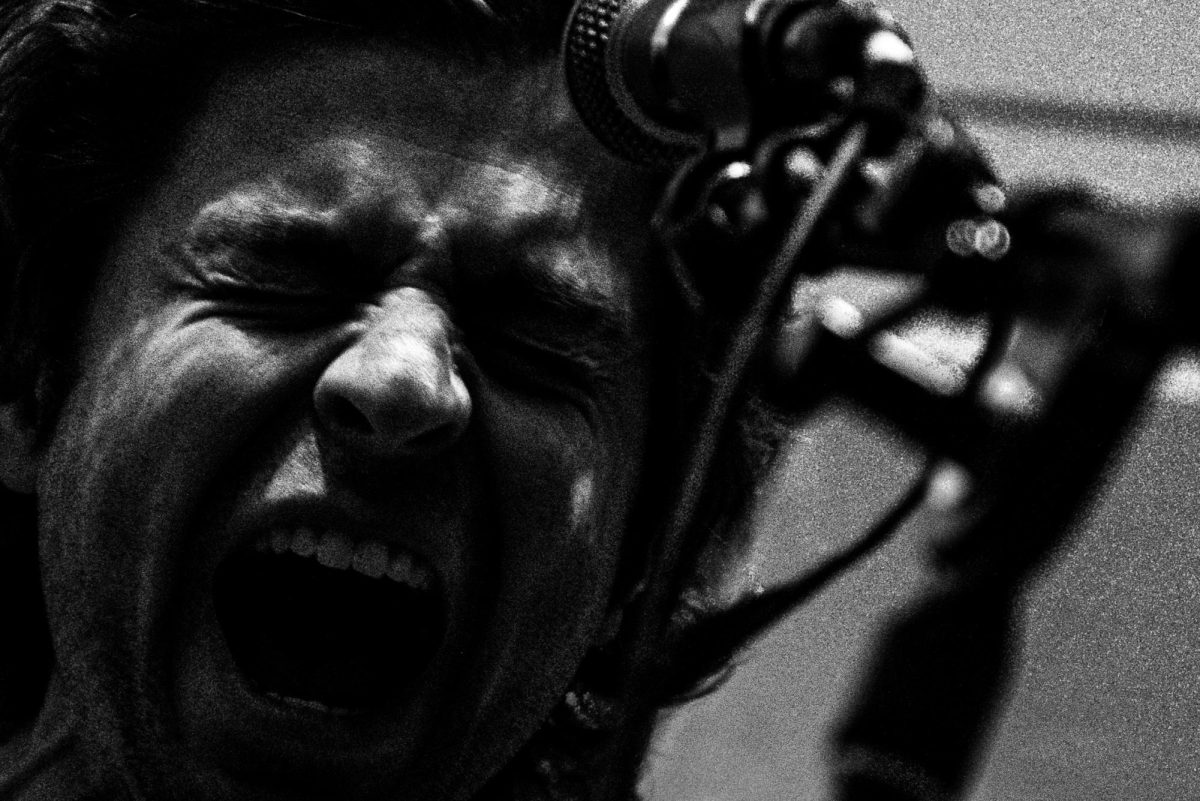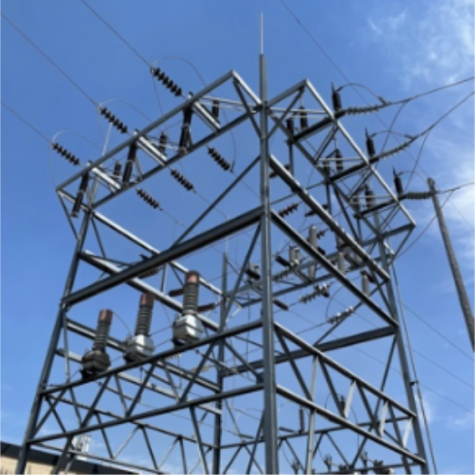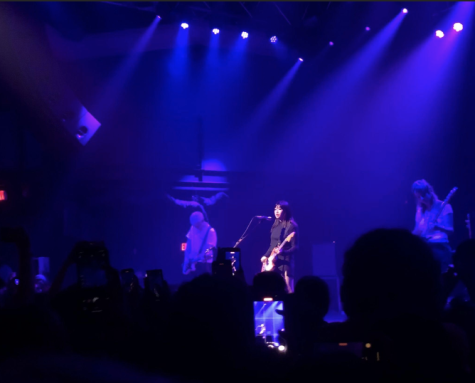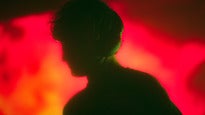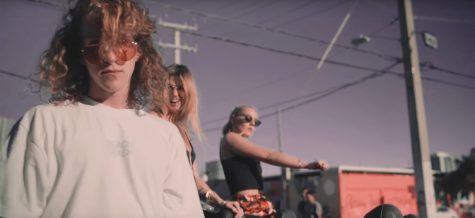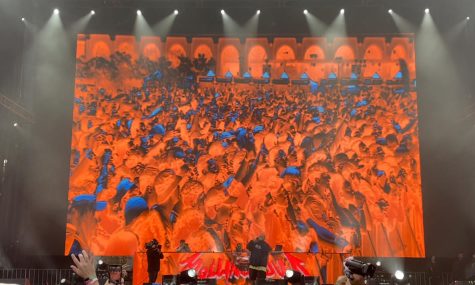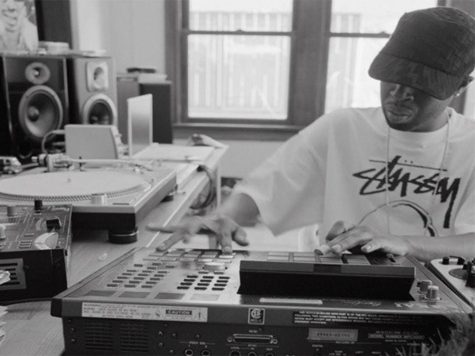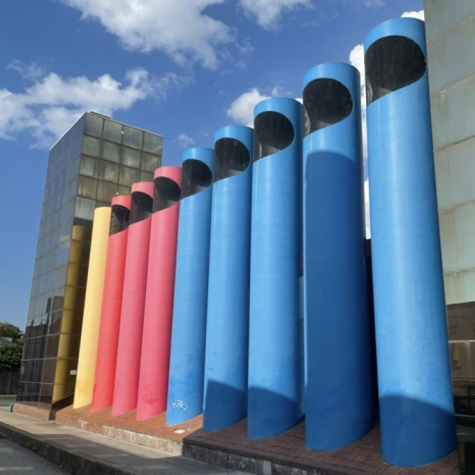Minutia: Storm and Stress, "Under Thunder and Fluorescent Light"
October 9, 2014

Storm and Stress’s 2000 release, Under Thunder and Florescent Light, is an album totally unlike anything before or after it. One moment it feels like watching the sun break through a gray mist and the next, being sucked into a void of blinding light and spastic percussion. Perhaps the best way to describe it would be free jazz played by a power trio of guitar, drums, and bass, but that hardly does it justice.
Storm and Stress was born as the brainchild of Ian Williams, Eric Emm (both of the late iteration of Don Caballero), and Kevin Shea. I’m of the opinion that Williams remains one of the century’s most innovative guitarists and his work on Storm and Stress is no exception. He describes his work with the band as mainly playing the vibration of the strings, as opposed to playing his amplifier’s distortion in Don Cab.
This approach is quite noticeable and contributes heavily to the band’s tonal atmosphere. The force and percussiveness of the strings seem to matter more than their actual pitches, as Williams pries, taps, pops, and strums.
Storm and Stress has nothing resembling a traditional rhythm section, but there’s some shared tempo between members that remains unexpressed as a pulse or steady count. Shea’s drums sound anywhere from wind chimes to a toolbox of nuts and bolts on a washing machine. Emm’s bass ties the worlds of Williams and Shea together, metallic and punchy, but still largely marching to its own time.
The resulting sound is a complete dissociation with traditional music. As explained by Bradford Cox, who cites the album among his favorites after an experience with it and ecstasy:
“It was supposed to be this free jazz/pop/weird drone type record. I don’t understand it in the context of what most of its core audience understands it as, which is math rock. I don’t think of that record any differently than, like, a John Lennon record. It’s just a spacey pop record, and it happens to be really fragmented. I don’t listen to it as high art or something. I’ve never drawn lines of value between pop music and experimental music. It depends on your mood, you know?Û
Under Thunder and Florescent Light could be any album ÛÒ from Lennon to Don Caballero ÛÒ cut up thrown against the wall, rearranged in collage and then some pieces reversed.
It sounds chaotic and nonsensical, but listen closely and everything comes together just perfectly and you find a brief moment of unspeakable beauty. It passes in a glance and that brevity is part of its appeal, almost like seeing the seed of a magnum opus and being able to imagine all of its possibility without seeing full development.
Here, Cox is right: don’t listen to this as if it’s a Pollock to pop music. Give it the necessary attention and don’t tune out early, because there will be lots of moments that your gut will want to write off as noise, nonsense, any synonym for “Why am I listening to this? It’s not music.”
Listen to the full album below:
